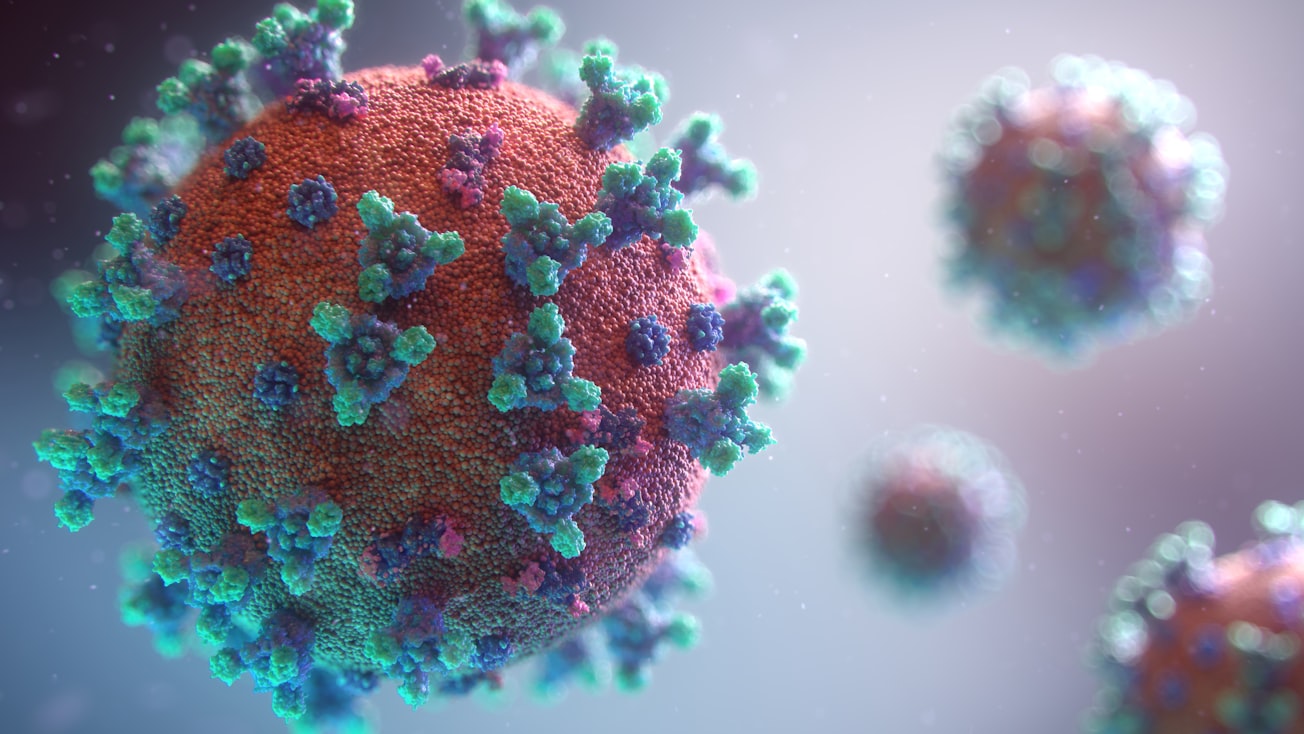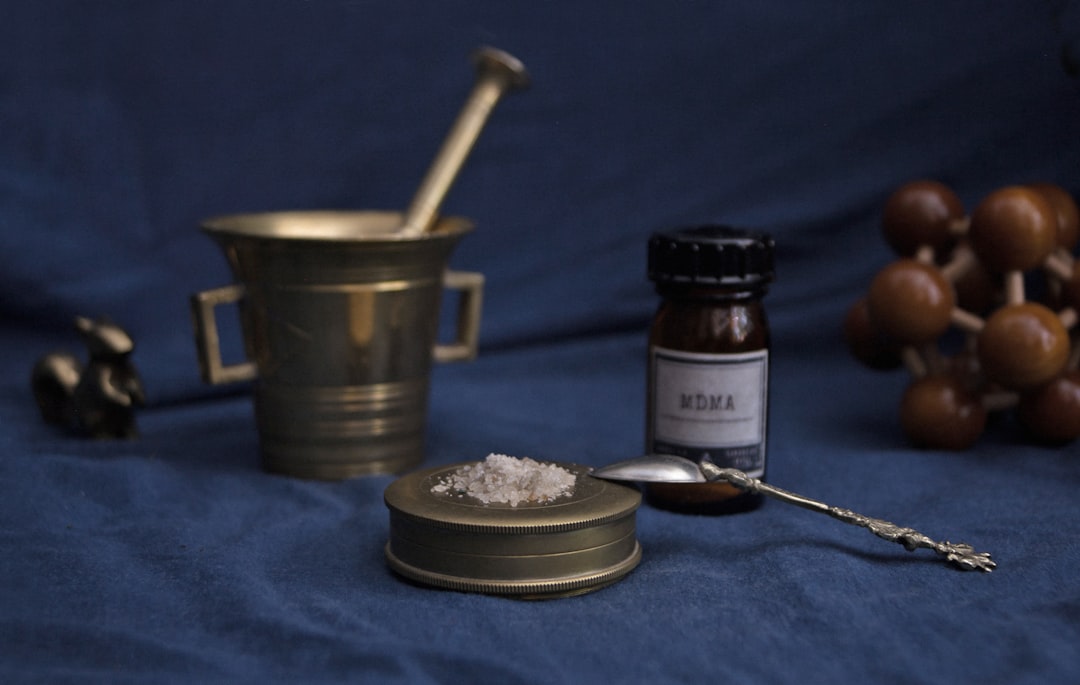What is it about?
Since the COVID-19 pandemic began, scientists worldwide worked to understand the structure and pathophysiology of the novel coronavirus so that they could identify existing drugs for infections by similar viruses which could be effectively repurposed to treat COVID-19. This fundamental research would also form the backbone of efforts to develop new drugs and vaccines against SARS-CoV-2. Publications pertaining to the diagnosis and treatment of COVID-19 skyrocketed in the weeks and months since the pandemic began. The landscape of potential therapies expanded considerably. This review summarizes research on the coronavirus’ structure, potential drug targets, therapeutic agents, and vaccines. It also includes an analysis of 500 patents that disclose methodologies for the treatment and prevention of coronavirus infections using therapeutic antibodies, cytokines, RNA- and DNA-based therapies, and vaccines, which may be applicable to COVID-19. In addition, the paper highlights the need for the development of broad-spectrum antiviral drugs that will function against mutated versions of the novel coronavirus and other coronaviruses as well.
Featured Image

Photo by Fusion Medical Animation on Unsplash
Why is it important?
This study attempts to provide a detailed report of the global research and development efforts associated with coronavirus morphology, pathophysiology, treatment strategies, and vaccination. This report can help the global research community streamline the drug development process. A strong periodic cataloguing of global efforts at beating the novel coronavirus pandemic is crucial to ensuring that concerted global efforts remain effective. KEY TAKEAWAY The detailed information provided in this report lays a firm foundation for future and ongoing intellectual work related to the development of drugs and vaccines for COVID-19 and other similar diseases.
Read the Original
This page is a summary of: Research and Development on Therapeutic Agents and Vaccines for COVID-19 and Related Human Coronavirus Diseases, ACS Central Science, March 2020, American Chemical Society (ACS),
DOI: 10.1021/acscentsci.0c00272.
You can read the full text:
Contributors
Be the first to contribute to this page










